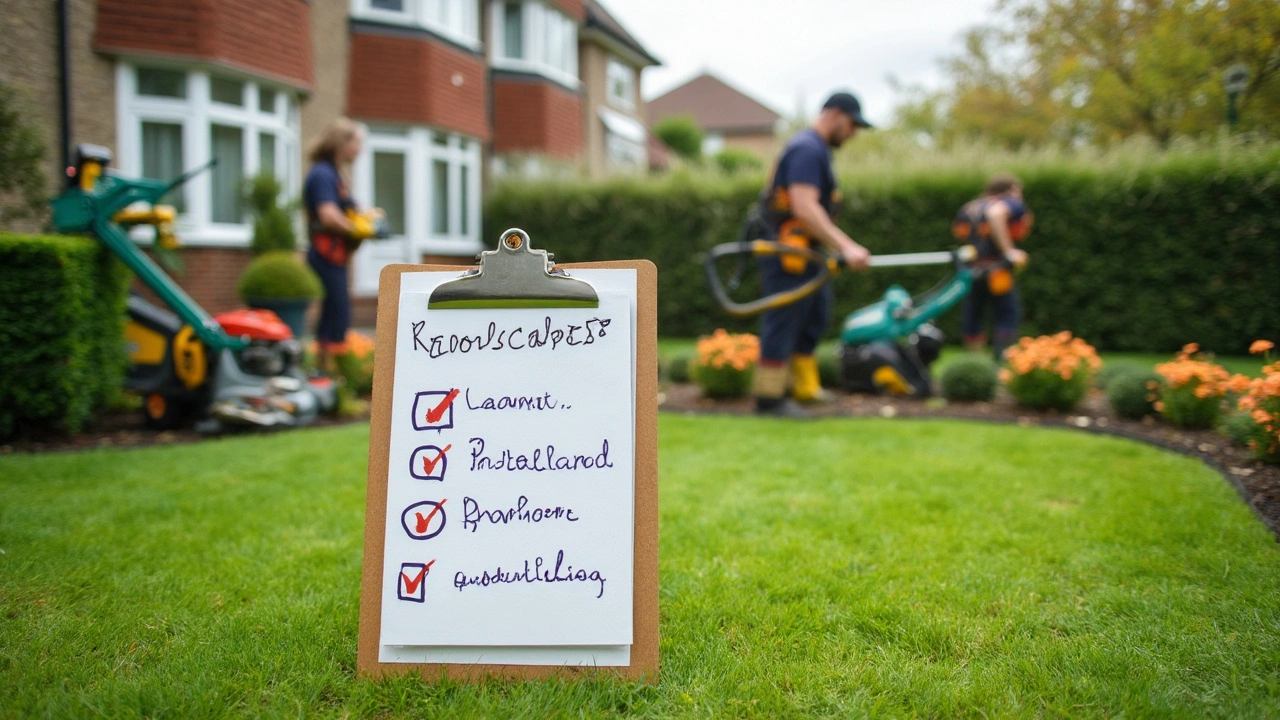Lawn Care Made Simple: Keep Your Grass Green and Healthy
So you want a lawn that looks good without spending a fortune or hours every weekend? You’re in the right spot. Below are practical steps you can start today, whether you have a tiny suburban yard or a bigger garden.
Cut the Right Way
First thing is mowing. Keep the blade sharp and set it to cut about 2‑3 inches high. Cutting too short stresses the grass and invites weeds. Try to mow when the grass is dry and avoid cutting more than one‑third of the blade length at once. If you have a ride‑on mower, go slower on hot days – the grass can scorch.
Water Wisely
Most lawns do best with about an inch of water a week, either from rain or a hose. Water early in the morning so the grass can dry before evening; this cuts down on disease. Use a timer or a rain sensor if you have an automatic system – it saves water and money.
When you water, aim for deep, infrequent soak‑ins rather than light daily sprinklings. Deep roots grow down, which makes the lawn tougher during drought.
Feed the Grass
Fertiliser isn’t magic, but the right amount helps the grass stay thick. In spring, use a slow‑release nitrogen fertiliser once the grass starts growing. Follow up with a lighter feed in late summer to keep colour without encouraging thatch buildup. Always read the label and spread evenly – too much can burn the lawn.
If you prefer organic options, compost or a well‑rotted manure mix works well. Just remember it releases nutrients slower, so you might need to apply a bit more.
Control Weeds Without Drama
Weeds love weak spots, so a dense lawn is the best defence. Hand‑pull the big ones when they’re small; the roots come out easier. For larger areas, a pre‑emergent herbicide in early spring can stop crabgrass and other common invaders.
Spot‑treat any persistent weeds with a post‑emergent product, but always follow safety instructions. Over‑using chemicals can damage your grass and the soil.
Keep the Lawn Clean
Rake away leaves and debris regularly. A thin layer of thatch (dead grass) can block water and nutrients. If thatch gets over an inch thick, consider a dethatching rake or rent a power rake for a quick fix.
Finally, aerate the soil every couple of years, especially if the ground feels hard. Aerating lets air, water and nutrients reach the roots better.
Stick to these basics, and you’ll see a greener, healthier lawn without spending all day outside. Keep it simple, stay consistent, and enjoy the view.


